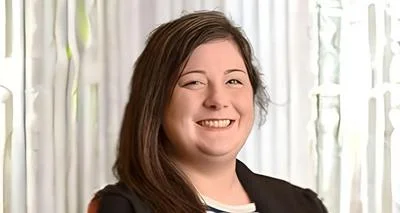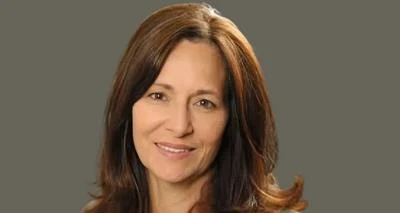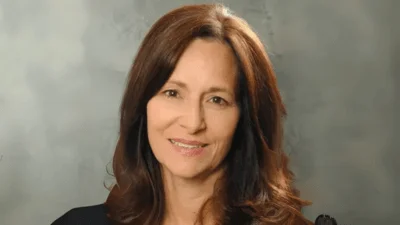Chicago City Council 26th Ward Alderman Roberto Maldonado said he doesn't have much faith the Chicago Advisory Redistricting Commission will remain independent. | Facebook
Chicago City Council 26th Ward Alderman Roberto Maldonado said he doesn't have much faith the Chicago Advisory Redistricting Commission will remain independent. | Facebook
The city of Chicago is now several weeks into drawing up goals for new ward boundaries in anticipation of U.S. Census data expected later this summer.
"Even the Democrat machine in Chicago understands they need census data to draw maps," Republican State House Rep. Dan Caulkins quipped in a July 1 Facebook post.
Caulkins represents Illinois State House District 101, which includes all or parts of Champaign, DeWitt, Macon, McLean and Piatt counties.
Caulkin's post was in reference to the state's "unfair maps," drawn up and approved earlier this year without the U.S. Census data upon which state legislative maps are supposed to be drawn.
Work on those new ward boundaries is underway. Alderman Roberto Maldonado, who represents the 26th Ward, told WTTW late last month that the Latino Caucus, of which he is a member, along with the Black Caucus and "white members of the council" then were in preliminary discussions.
"Definitely discussions have started," Maldonado said in WTTW's news story published the day before Caulkin's Facebook post. "I'm going to be looking out first and foremost for the interest of the Latino community at large in the city of Chicago so that we can really and truly get a fair, a fair map, not like we did 10 years ago. We were shortchanged 10 years ago by the previous mayor at the time, Mayor (Rahm) Emanuel. We will not allow that to happen again."
One especially bright glimmer of hope for fair ward boundaries in Chicago is the new Chicago Advisory Redistricting Commission, a body independent of the Chicago City Council, which on June 22 began public hearings on the new boundaries.
Chicago has 50 wards, each a political district where voters are represented by an alderman they elect to the Chicago City Council.
Boundaries of these wards change after each U.S. Census, ideally to reflect population and other socio-geographic shifts every decade, but it hasn't always been an especially transparent process.
"It's typically done in a back room, closed process where residents don’t really have a voice in the process in how their communities are drawn," CHANGE Illinois' Chicago Project Manager Chaundra Van Dyk said in WTTW's news story. "The decisions are made and then they’re made public and people just have to live with the decisions that have been made in their communities. We believe this should be an independent process where residents have some power, some voice."
In his comments to WTTW, Maldonado said actual redrawing of ward boundary maps can't begin until census data is available, which isn't expected until the middle of next month, but he predicted map formation could begin in September. Maldonado told WTTW that he's committed to engaging with constituents about their new map priorities, but he didn't have much faith in the Chicago Advisory Redistricting Commission's ability to remain independent.
"I don't believe in independent commissions, because independent commissions by definition should be independent," Maldonald said in the WTTW news story. "They won’t be independent. Those members will be appointed by somebody, they will respond to somebody, and I'm not naive enough that they would really be people dropped from heaven into this so-called independent commission, that nobody knows who they are, and they will come up with the perfect, ideal configuration of 50 wards."






 Alerts Sign-up
Alerts Sign-up